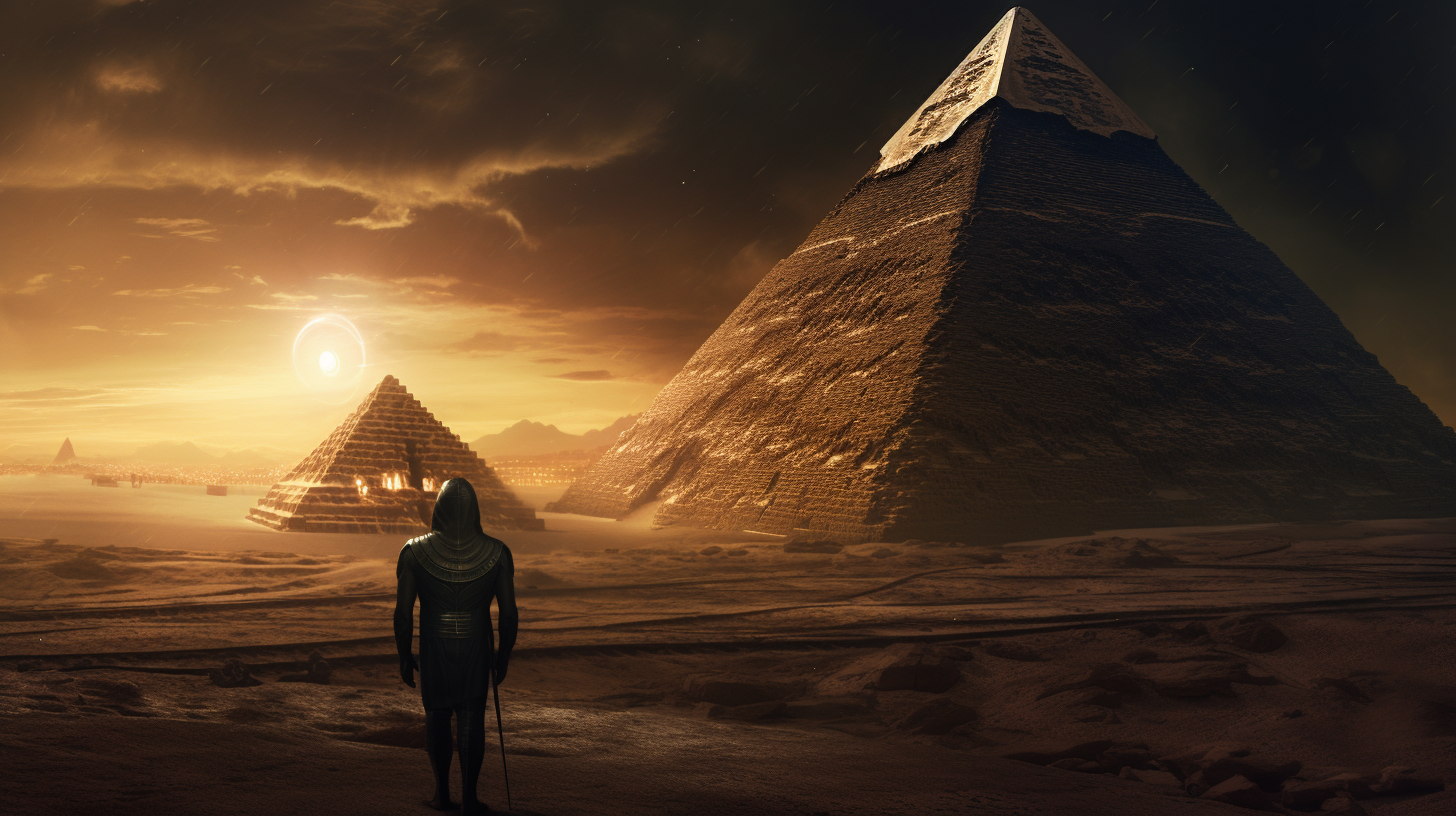During 79 AD, a perplexing historical puzzle unfolded, as recorded by the esteemed Roman historian, Josephus Flavius. This phenomenon introduced the world to the enigmatic Egyptian giants, a group that has captivated the interest of scholars and history aficionados across generations. These giants, believed to have thrived during the 13th century BC under the rulership of King Joshua, were described as possessing colossal bodies and incredibly remarkable faces that left spectators in utter amazement, with voices that echoed like the fearsome roar of a lion.
The notion of these Egyptian giants raises a multitude of questions and ignites a curiosity shrouded around an ancient era veiled in mystery. While some may view the accounts of Josephus Flavius as being fantastical, they implore us to delve deeper into the historical records and remnants from that bygone era.

An intriguing aspect of this historical narrative involves pondering whether these Egyptian giants represented a distinct human lineage or if there are alternative explanations for their existence. Could they have been a manifestation of a peculiar genetic anomaly, or perhaps the product of artistic exaggeration? Entertaining these speculations allows us to gain deeper insights into the cultural, social, and biological dynamics of that ancient time.
Furthermore, the mention of King Joshua in Josephus Flavius’ account adds a layer of complexity to the tale. Is there a conceivable connection between these giants and the biblical events linked to King Joshua’s reign? Unraveling this potential correlation could provide valuable perspectives on the historical context and the interactions between different civilizations during that period.
While the enigma surrounding the Egyptian giants may never be fully deciphered, their alleged existence, as documented by Josephus Flavius, offers a tantalizing glimpse into a bygone era. It stands as a poignant reminder of the intricate tapestry of history, where enigmatic figures and extraordinary stories continue to captivate and stimulate our imaginations.
In conclusion, the tale of the Egyptian giants from 79 AD, chronicled by Josephus Flavius, presents a compelling historical enigma. These larger-than-life individuals, with their distinct characteristics and commanding presence, beckon us to explore the historical records and contemplate the various factors that may have shaped their existence. While unraveling all the mysteries of the past may remain a challenge, the mere existence of such a narrative underscores the enduring allure of historical puzzles and underscores the importance of continuous exploration and study of our shared past.
